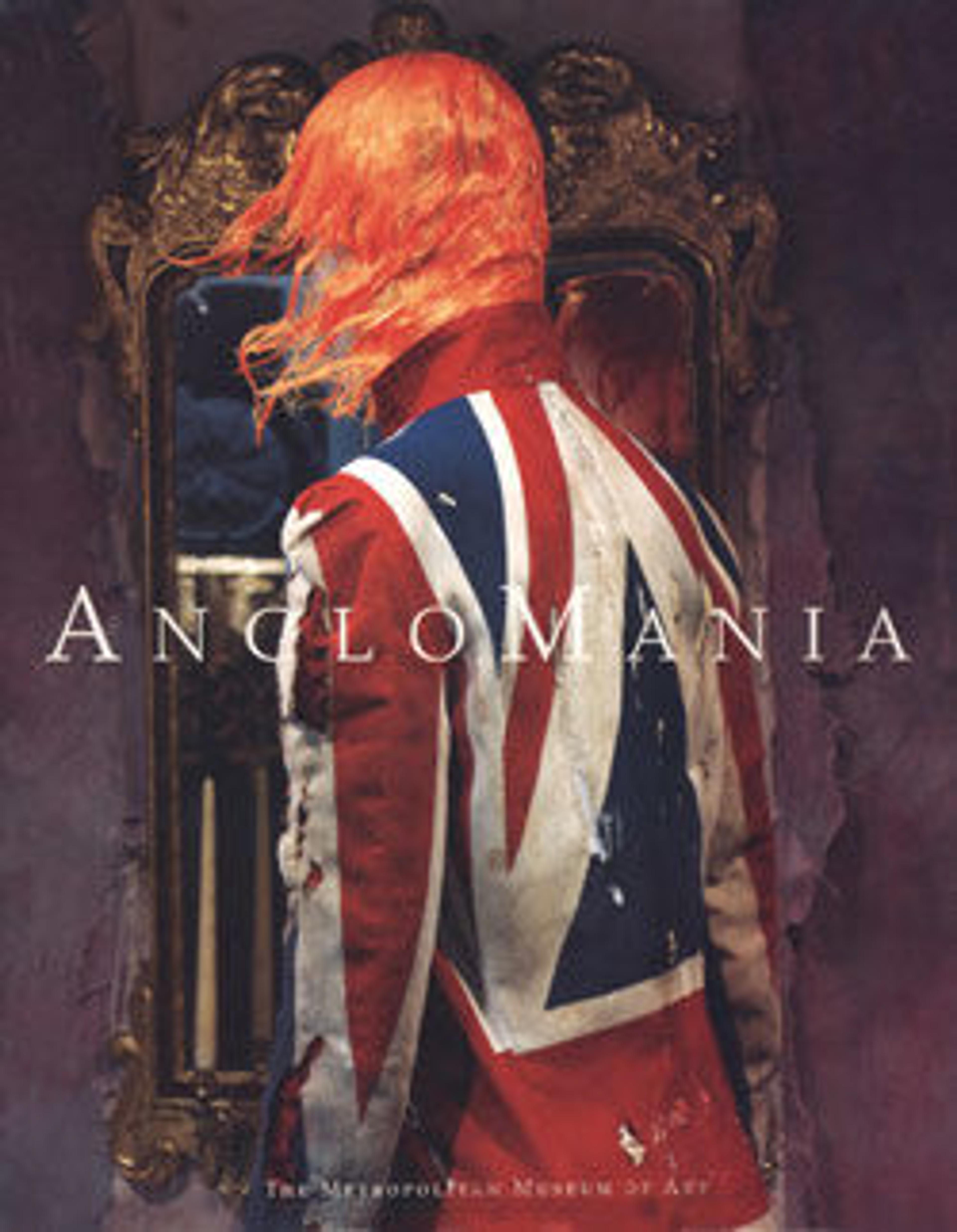Allegories of Air (Cephalus and Aurora) and Earth (Vertumnus and Pomona)
The Tapestry Room from Croome Court, Worcestershire, the seat of the Earls of Coventry, was begun in 1763 and finished in 1771. The sixth Earl of Coventry (1722–1809) commissioned these tapestries for Croome Court from Jacques Neilson's workshop at the Royal Gobelins Manufactory in Paris in August 1763. Portraying scenes from classical myths symbolizing the elements, the medallions are based on designs by François Boucher. The set was delivered and in place by June 1771. The group was the first using this design to be woven with a crimson background and it may have been the first made specifically to extend around four walls of a room without architectural frames.
Artwork Details
- Title: Allegories of Air (Cephalus and Aurora) and Earth (Vertumnus and Pomona)
- Designer: General conception by Jacques Germain Soufflot (French, Irancy 1713–1780 Paris)
- Designer: Pictorial medallions designed by François Boucher (French, Paris 1703–1770 Paris)
- Designer: Alentours designed by Maurice Jacques (French, 1712–1784)
- Maker: Low-warp workshop of Jacques Neilson (French, 1714–1788)
- Manufactory: Manufacture Nationale des Gobelins (French, established 1662)
- Patron: Commissioned for George William Coventry, 6th earl of Coventry (Croome Court, Worcestershire, England)
- Date: designed 1758–67, woven 1764–71
- Culture: French, Paris
- Medium: Wool, silk (22-24 warps per inch, 9-10 per cm)
- Dimensions: H. 10 ft. x W. 27 ft., 3 in. (3.05 m. x 8.31 m.)
- Classification: Textiles-Tapestries
- Credit Line: Gift of Samuel H. Kress Foundation, 1958
- Object Number: 58.75.2
- Curatorial Department: European Sculpture and Decorative Arts
More Artwork
Research Resources
The Met provides unparalleled resources for research and welcomes an international community of students and scholars. The Met's Open Access API is where creators and researchers can connect to the The Met collection. Open Access data and public domain images are available for unrestricted commercial and noncommercial use without permission or fee.
To request images under copyright and other restrictions, please use this Image Request form.
Feedback
We continue to research and examine historical and cultural context for objects in The Met collection. If you have comments or questions about this object record, please contact us using the form below. The Museum looks forward to receiving your comments.
